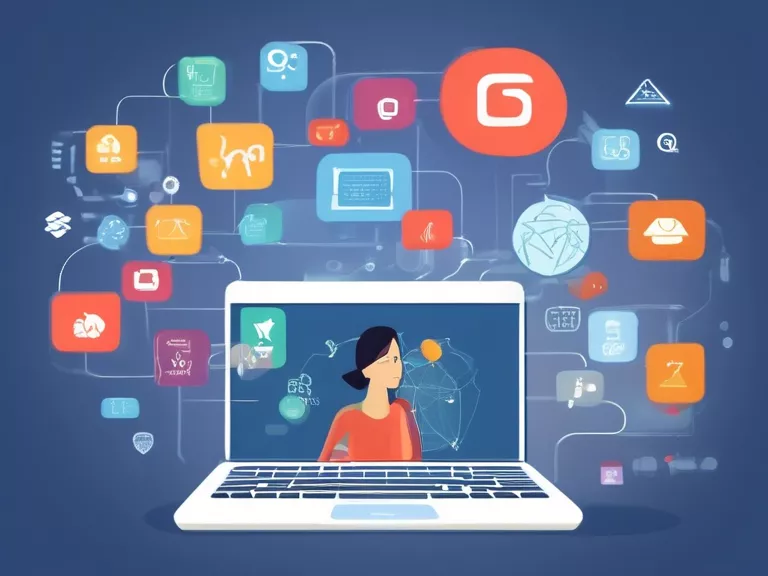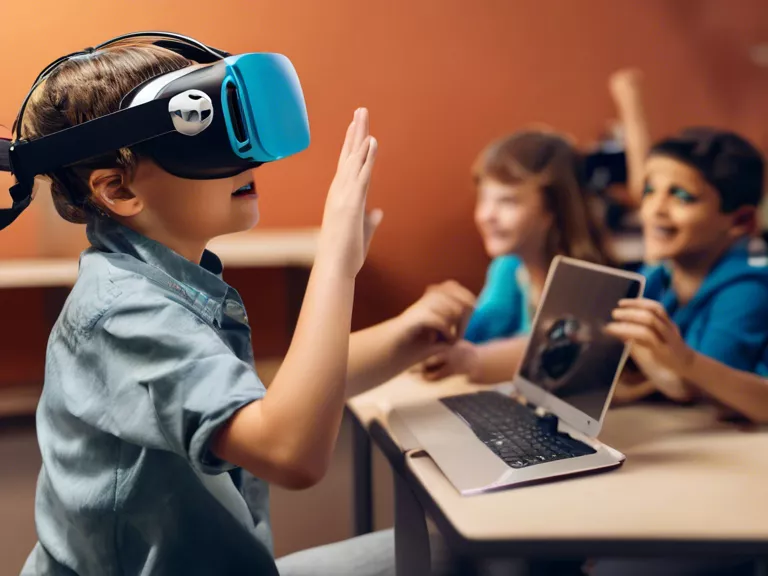
Hybrid learning models have revolutionized traditional education by incorporating elements of both in-person and online instruction. This shift has resulted in significant impacts on the way students learn and how educators teach. In this article, we will explore the various ways in which hybrid learning models have influenced traditional education systems.
One of the most noticeable effects of hybrid learning models on traditional education is the increased flexibility it provides for both students and teachers. With online components, students have the ability to access course materials and lectures at their own pace and convenience. This flexibility allows for personalized learning experiences tailored to individual student needs. Teachers also benefit from the flexibility of hybrid learning models, as they can create more engaging and interactive lessons that incorporate multimedia elements and online resources.
Furthermore, hybrid learning models have made education more accessible to a wider range of students. Students who may have difficulty attending traditional in-person classes due to various reasons, such as geographical location or scheduling conflicts, can now participate in courses through online platforms. This increased accessibility has opened up opportunities for lifelong learning and professional development for individuals of all backgrounds.
Another impact of hybrid learning models on traditional education is the potential for increased collaboration and communication among students and teachers. Online discussion forums, group projects, and virtual office hours have become integral components of hybrid learning environments, fostering a sense of community and engagement among participants. This collaborative aspect of hybrid learning enhances the overall educational experience and promotes critical thinking and problem-solving skills.
In conclusion, hybrid learning models have had a profound impact on traditional education by introducing new opportunities for flexibility, accessibility, and collaboration. As technology continues to evolve, it is essential for educators to embrace these innovative approaches to teaching and learning in order to prepare students for success in the digital age.



